Sight Fishing for Bass: A Step-by-Step Guide to Seeing and Catching Giants
If you think about it, anglers spend a lot of money every year to do something extremely basic. See fish.
Whether it’s buying a $100 float sonar that ties to your line, or it’s a $2000 boat sonar rig, anglers want to stop fishing blind and get an eye on the fish.
Well, what if we told you that you didn’t need to spend all that at all?
That’s where sight fishing comes in, and it’s been practiced for thousands of years before sonar, or even proper fishing rods, existed.
Today, we’re going to teach you how with this step-by-step guide to sight fishing for bass.
Newsletter Signup
What is Sight Fishing for Bass?
The term “sight fishing” is pretty self-explanatory. It’s when you try to see the fish with your naked eye. It sounds simple, but it’s a bit intimidating for the average beginner, and even a lot of vets have problems with it.
Typically, that’s because of the visual impact the water has on your ability to spot them. In murky water, a lot of anglers think spotting them is impossible, and even in clear water,
it’s hard to see what’s moving around with any sense of clarity beyond a dozen feet or so. Our eyes just aren’t built to get a good view through the water.
However, that doesn’t mean it’s impossible or even all that difficult.
How to Sight Fish for Bass
Sight fishing for bass is going to take some time for you to get used to, and it’s going to require you to take a more detail-oriented approach to your fishing.
When you fish with a sonar or just by targeting prime locations likely to have good bass in them, you can speed through the process, let your wander a bit, and generally, get lazy with it.
All that has to be worked on if you’re going to succeed with sight fishing beyond a fluke here and there.
Here’s a complete step-by-step guide to get you started.
1: Pick a Good Spot for the First Few Tries
One of the best things you can do, starting with sight fishing, is to develop the skill in the easiest spot you possibly can. That’s not always doable if all the water around is sub-optimal, but you can at least pick a day and time when visibility is at its peak.
Usually, that’s around late morning when the fish are still up toward the surface and the sun is high in the sky.
If you have a clear pond that’s fairly shallow and doesn’t have too much coverage or flora in the water, that’s the best spot to practice and get the hang of the basic skills.
2: Get the BassForecast App
If finding a spot to start learning seems difficult, or you just want to up your bass fishing game in general, join the BassForecast family.
You’ll get detailed maps of every waterway in the US, real-time weather conditions, and a lot of other real-time data that will help you start sight fishing and fishing in general.
For sight fishing, you can use the bass fishing app to find spots that are mostly clear with good visibility, few hazards for fish to hide in, etc.
It’s a real game changer.
3: Take Time to Explore Before Casting
This is going to help you out a lot, and it doesn’t take much time away from your fishing. It might even help you save time since you’ll get a better understanding of the water and make the most of each cast instead of casting into empty water for 30 minutes at a time.
If you’re on the bank, stand a few feet off the edge to keep from spooking the fish, and walk the perimeter of the area you want to fish in.
If you’re in a boat, try to keep your speed low as you float around. You’re not going to see anything buzzing around, and even if it’s there, you’ll scare it off. You’ll be doing two things with either of these methods.
First, you’ll be looking for fish. We’ll give you more details on what to look for in the next section, but if any obvious fish are visible, take note of them, or even start casting. No rule says you can’t stop and change plans quickly if you see a potential lunker just a few inches beneath the water.
On top of that, you’ll want to take note of areas fish are likely to be in. If you’re new to a spot, keep a mental note of all the little coves, drop-offs, downed trees, docks, and other features that you can take advantage of, whether you keep sight fishing or not.
4: It’s Often the Small Details
Very rarely are you going to look out over the water and see a giant bass just as easily as you would if you were looking at something behind a glass cover.
The water distorts your vision far too much unless it is absolutely crystal clear, and most water in the US isn’t like that.
Oftentimes, you’re not looking to see a bass. You’re looking for the small details.
In murkier water, this is usually the shadow of the bass as it moves around, or subtle signs such as bubbles coming up on otherwise still water.
In clear water, it’s the blurry smudge of a bass’s coloring against whatever the backdrop is.
For example, if it’s a rock bottom that’s only a few feet deep, that blurry smudge of green is most likely a bass. If you watch it for a few moments, you’ll probably see that smudge move a bit.
As you’re looking over the water, look for little details like that, and take note of obvious details such as bass breaking the surface when they eat off the topwater, holes opening up as little fish get swallowed up from just beneath the surface, etc.
The only thing most anglers see in this regard, most of the time, are the dramatic breaks, but all these signs are extremely common on any given day when you know to look for them.
5: Focus Your Efforts on Likely Places
If you try to sight fish every inch of the lake, you’re going to spend 90% of your day staring at empty water and wondering why you don’t see anything.
Instead, use your time wisely, and target those areas we told you to note earlier. The coves, downed trees, docks, boat ramps, weed lines, areas where they’re leaping a lot, and similar areas are all spots you should focus your time on.
6: Cast Past the Bass
This is a big one, and it’s where a lot of beginner anglers are going to mess up.
Bass aren’t all that smart, but they can typically figure out that bluegill don’t just fall out of the sky above them. If you take your Ultimate Bluegill lure and immediately chuck it right on top of the bass, you’re probably just going to scare it off.
Instead, you want to spot the bass, and you want to cast several yards behind it if you have the reach to do so. Optimally, you want it to get far enough behind the bass that it doesn’t concern itself with the splash, but you also want to watch your line and keep it from falling right in front of the bass or catching on it.
Then, present the lure most appropriately as you reel it back in. It’ll work its way into the range of the bass, and if you’re giving it what it wants, the bass will strike.
7: Don’t Rush It
When anglers first start sight fishing, they are most tempted to see the fish and immediately start throwing lures at it. Not only does that sense of urgency make you more likely to make mistakes, but it deprives you of one of the big benefits of sight fishing for bass. You miss out on all the information you can gather just by watching them for a minute.
Take a minute, watch the bass if you can see it clearly, and get a good idea of what it’s doing. Is it suspended? Is it feeding? How deep is it? Which direction is it oriented?
All that and more can give you a better idea of how to present your lure, where to cast, and what lure to use in the first place. Don’t worry. Bass don’t just sprint around the lake nonstop. If you’re looking at it in place, you likely have some time before it starts moving on.
8: Be Quiet and Stay Still
Usually, anglers are a bit overzealous when it comes to being quiet. They’ll sit there all day swearing up and down that if they talk or listen to the radio, every bass in the lake is going to suddenly go dormant. Usually, that’s not advice to take seriously.
However, it’s important to be a lot more cautious when sight fishing.
Most of the time, you’ll see bass that are a lot closer to you than if you were using sonar to check out fish twenty or thirty feet away.
You might spot a bass right next to the bank, and a simple mistake like dropping your rod will be enough to send it darting into the brush.
Take your time, try not to be too loud, and minimize how noticeable you are to the bass.
9: Look for the Prey
Sometimes, you might not even want to look for the bass. Look at this way. Is it easier to spot one bass that, in the right water conditions, can be a green smudge in the water, or is it easier to see 30 bluegill swimming around and making plenty of movement in the water? That’s right. It’s a lot easier to spot the bluegill.
If you can spot schools of bait fish, you can either use that as a point to look for the bass themselves, or you can simply start casting around the bluegill to pick up bass that are on the hunt, even though you can’t see them.
One point to consider with this is that you shouldn’t just cast right into the bluegill group. Try to cast around cover and other areas where bass are likely stalking from near the bluegill.
You don’t want to scare off the bluegill, and you don’t want to miss the bass, either.
10: Consider Fishing from the Bank
If you spent $30,000 on a bass boat, telling you to leave it at home probably isn’t what you want to hear. However, there’s some logic behind it.
Like we said, you’re probably going to be a lot closer to the fish you catch when you’re sight fishing.
If you’re in a boat, it’s a lot easier to scare them off before you even get close enough to spot them. You can get around this by going slowly and being careful with your movements on the boat, but that’s a lot to add to an already complicated challenge.
Fishing from the bank is a lot easier. You need to stay a little bit away from the edge, and you don’t want to make nearly as much ruckus as you usually do, but it’s a lot easier to keep from spooking the bass.
Start Sight Fishing: Save Money and Develop Your Skills on the Water
Sight fishing for bass is extremely rewarding. Not only is it a challenge, but it also lets you see an entirely different side of fishing. It’s a lot more involved, and you see the bass interact with your lure instead of just waiting for a tug and staring at the water.
Of course, it is challenging, and it’s going to take some time for you to get good at it.
So, for one last tip, remember to be patient, and soon enough, you’ll be spotting bass like a walking, breathing, human sonar unit.
For more bass fishing tips, check out the BassForecast blog and take your skills to the next level.

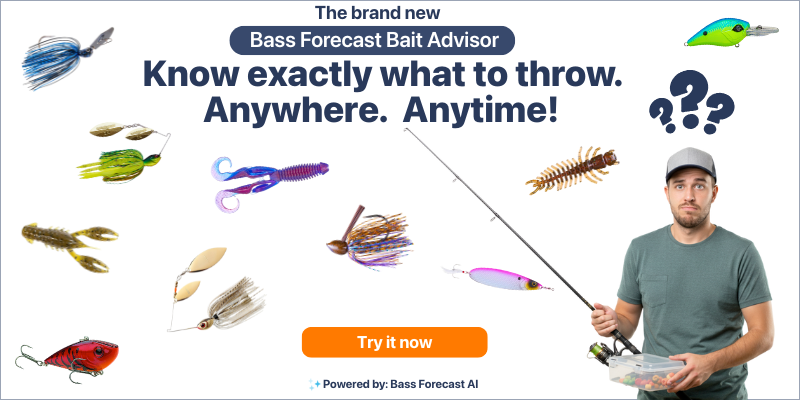

.gif)
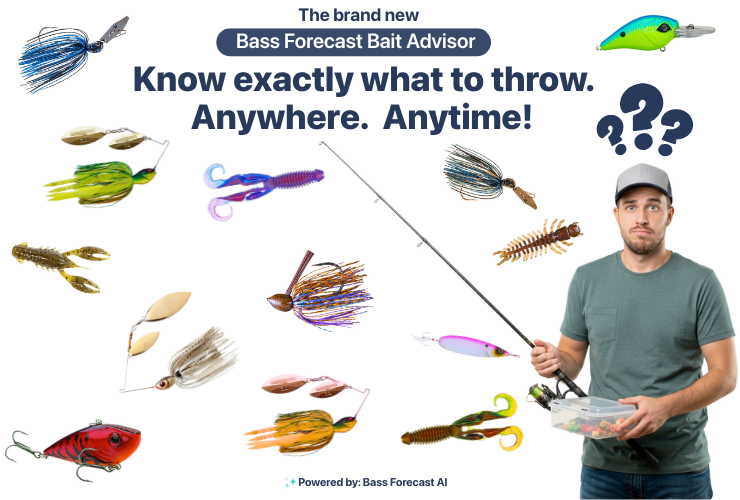
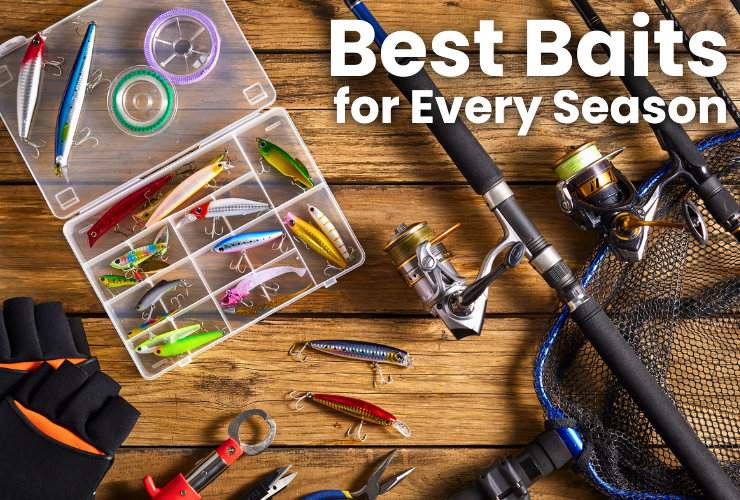
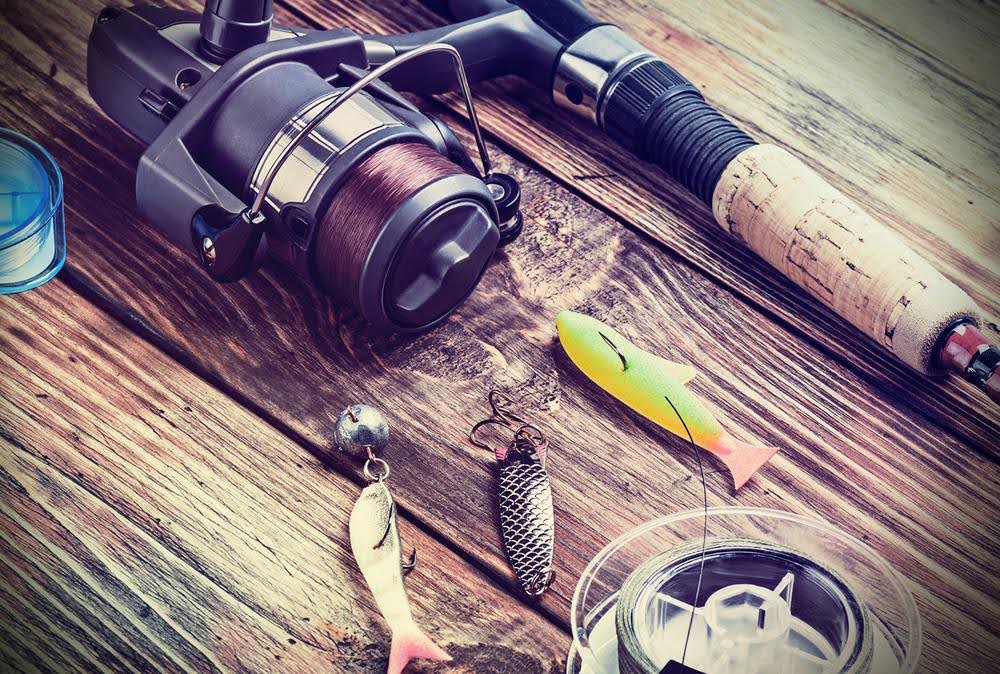
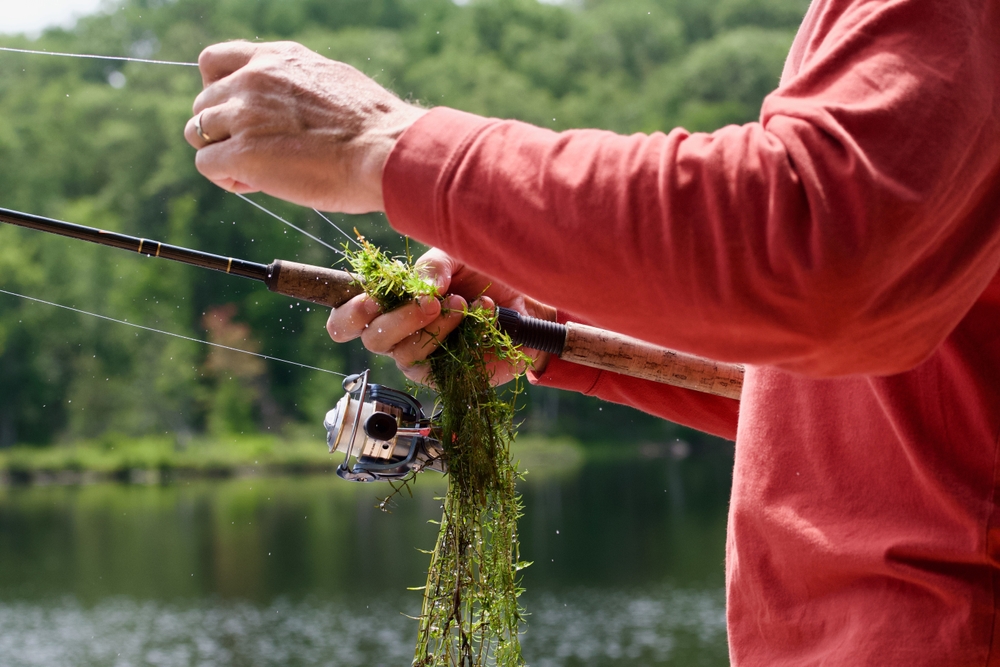

.png)
.png)